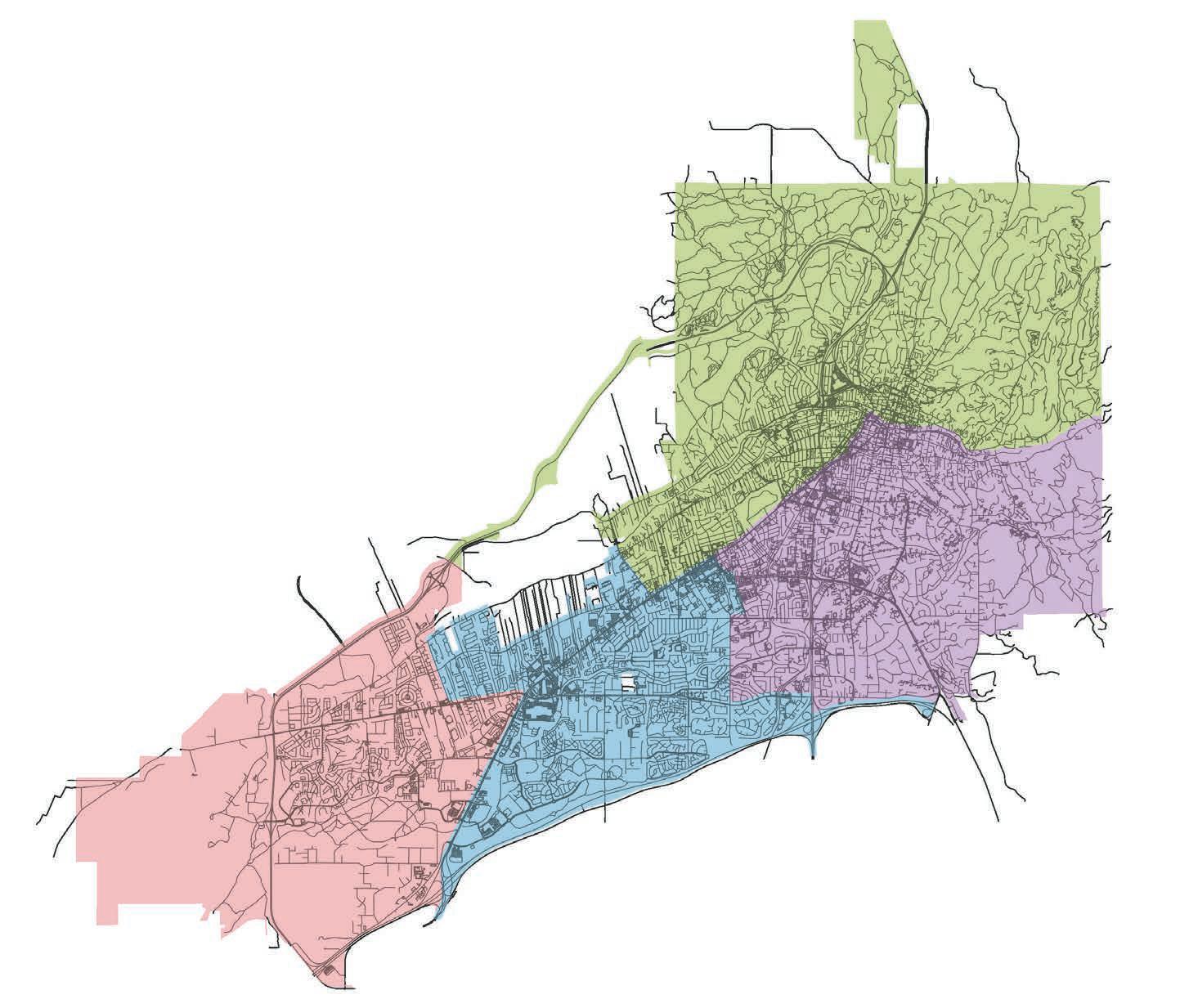
3 minute read
DAYS, CLAYTOONZ AND
Capital Voter Gains
Santa Fe voter turnout could slow from past elections, but campaigns take note of the city’s shifting demographics and Southside growth
Advertisement
BY WILLIAM MELHADO william@sfreporter.com
Those who live in Santa Fe, and thus the voters who elect the city’s leaders, are changing. Over the last decade the expansion and shifts are disproportionate, however, with some districts growing explosively, while others stagnate.
According to data from the 2010 and 2020 census, Southside District 4’s population of eligible voters swelled by almost 32% compared to Districts 1 and 2 on the east side of town, which grew by 2% and 9%, respectively. Even District 3 in the southwestern part of the city saw only moderate growth compared to District 4, increasing 9% in the last decade.
Increased voter registration accompanied the population growth on the Southside. More people are actually registering to vote, too. Citywide, the number of registered voters jumped from 54,156 in 2018 to 60,331 currently, with District 4 picking up twice as many new voters as any other district, records from the Santa Fe County clerk show.
While this growth has placed an inordinate demand on housing in Santa Fe, the political impact of more voters on the Southside has yet to be determined.
With a growing population and a relatively high voter turnout, District 4 is situated to contribute moderately to the upcoming Nov. 2 citywide mayoral race between its incumbent Councilor JoAnne Vigil Coppler, Mayor Alan Webber and former congressional candidate Alexis Martinez Johnson. Vigil Coppler did not seek re-election to her seat, and two women are also on the ballot in the district to replace her.
Sisto Abeyta, political strategist for Vigil Coppler’s campaign, says District 4 voter turnout in the last mayoral race—36% of registered voters in the district cast a ballot in the last round—forecasts potential advantages for the councilor who represents the Southside district.
Not everyone in the race agrees.
It’s no secret the northernmost district, where most of the city’s wealth is concentrated, has the largest number of voters in Santa Fe who consistently show up for elections.
Political consultants all agree Districts 1 and 2 have high numbers of likely voters— both reporting roughly 40% voter turnout in the 2018 mayoral race—while District 3 has fewer engaged residents. In 2018, 19% of registered voters took part in that district.
Despite the growth in the Southside’s population, political experts look to recent elections and point to the number of participating voters on the Southside versus the eastern districts. Abeyta concedes, “40% of the vote comes from the Southside, 60% comes from the east side.”
Lonna Atkeson, director of the University of New Mexico’s Center for the Study of Voting, Elections, and Democracy, says candidates need to work to turn out their base.
“But there’s a lot of churning in an electorate and a lot has happened,” Atkeson con-
DISTRICT 1
REGISTERED 2021: 18,710
REGISTERED 2018: 17,306
N
REGISTERED VOTERS BY DISTRICT
TOTAL FOR 2021: 60,331 TOTAL FOR 2018: 54,156
DISTRICT 4
REGISTERED 2021:
DISTRICT 2
REGISTERED 2021: 16,550
REGISTERED 2018: 15,509
15,958
DISTRICT 3
REGISTERED 2018: 13,709
REGISTERED 2021: 9,113
REGISTERED 2018: 7,632
WHAT PERCENTAGE OF VOTES IN 2018 CAME FROM EACH DISTRICT?









